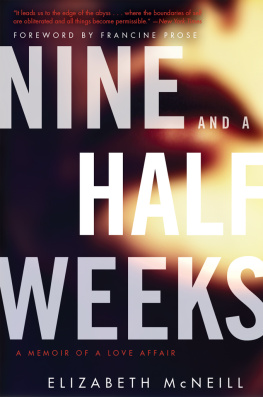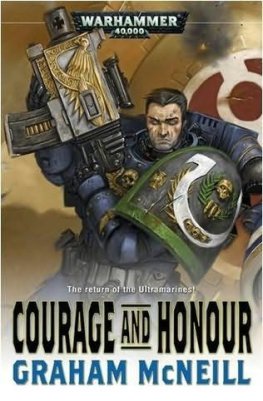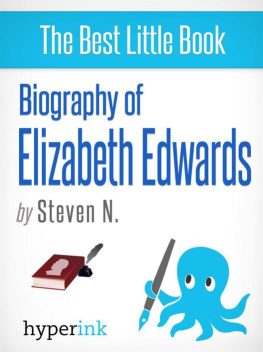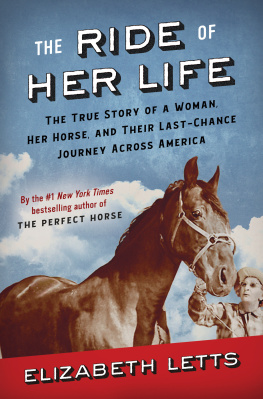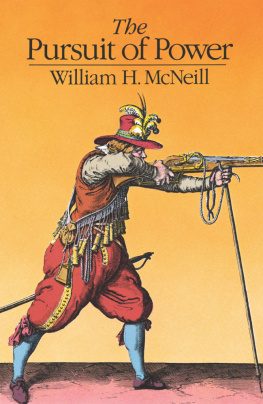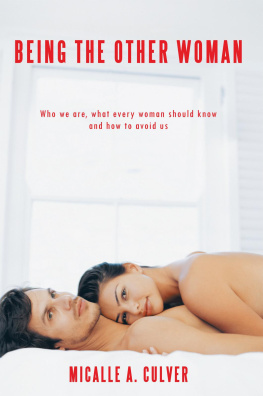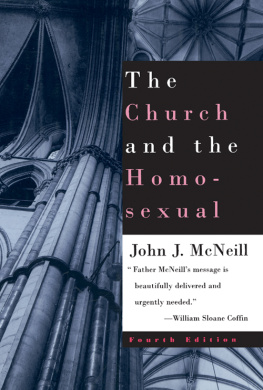for HB and HR: thank you very much
Contents
The first time we were in bed together he held my hands pinned down above my head.
The very first sentence cuts to the chase, so swiftly and efficiently that by the time the sentence ends the game of pursuit is essentially over. Like our narrator, we know where all of this is going. And even though her future is not entirely transparent, somehow we can intuit that this romance will not end well.
Our faint forebodings increase along with our interest and titillation as our heroine coolly ticks off the stages by which her love affair heats up. The second time she and her lover are together, he asks if can blindfold her. The third time he brings her to the edge of orgasm and makes her plead for more. The fourth time, he used the same scarf to tie my wrists together. That morning, he had sent thirteen roses to my office. As this brief, telegraphic prelude concludes, we are, like the writer, drawn in, asking ourselves how far this will go and how much she intends to tell us.
Its been almost thirty years since the initial publication in 1978 of the pseudonymous Elizabeth McNeills memoir Nine and a Half Weeks . The book caused an enormous sensation, far more than one would have expected given that it appeared after the so-called sexual revolution had been in progress for at least a decade.
The shock waves that it generated had, I think, partly to do with the fact that the line between pornography and serious memoir had not yet been so throughly blurred as it is today. For only in the last dozen years have male and female writers seemed to be vying to test the limits and raise the stakes of self-revelationto confess, to the reading public, progressively more intimate details of incest, childhood abuse, and unusual sex.
Before then there was, of course, Henry Miller, whose work, like Joyces and Nabokovs, had given rise to a scandal culminating in an obscenity trial. But these writerslike Frank Harris and his fellow memoirists of the secret lifewere (it needs hardly be said) male. There were cheesy commercial tell-alls by women, such as Xaviera Hollanders The Happy Hooker , literary pornography such as The Story of O. , and Anas Nins diaries, in which Nin recounted her amours with a sort of earnest lyricism that only a very select few could possibly have found erotic. Yet Nin made sure that the reader knew that she did plenty of thingsunderwent analysis, consorted with literati, wrote!that mattered far more to her than sex.
By contrast, Nine and a Half Weeks is intensely and entirely focused on what happens between one man and one woman, mostly in one bed and during two months, more or less, when everything else ceased to matter. It was (or convincingly claimed to have been) written by a woman who was anything but a happy hooker. And as A Henry Robbins Book, it appeared under the distinguished imprint of a highly respected editor whose writers included John Irving, Joyce Carol Oates, and Isaac Bashevis Singer.
But what contributed even more to the books notoriety was the fact that it appeared toward the end of an era during which feminists had struggled for all the thingspower, control, autonomy, self-activationthat the narrator of Nine and a Half Weeks joyously relinquishes within days of embarking upon an affair with a man she meets at a downtown Manhattan street fair. What makes the irony sharper is that the narrator is, at least on the surface, a New Woman enjoying all the advantages that her activist sisters have fought for. An articulate businesswoman, liked by my friends, valued by my superiors, she has clients, responsibilities, my own briefcase and my summer handbag and heels and lip gloss and freshly washed hair. Shes well educated, widely traveled, sexually sophisticatedin short, blessed with all the benefits of a young middle-class, single, professional woman in New York. And what does it turn out she wants? Once she meets her Prince Charming, she rapidly discovers, to her surprise, that she longs only to be handcuffed, beaten, humiliated, treated like a helpless baby incapable of tending to her own most basic needs.
In a section that synopsizes what in fact proves to be some of the less disturbing aspects of the relationship, McNeill explains the couples approach to the division of labor. Under the heading of What He Did, she informs the reader that he fed me. He bought all food, cooked all meals, washed all dishes. He dressed and undressed her, took her shoes to the shoemaker, read to her, washed, dried and brushed her hair with the costly hairbrush with which he also beat her, bought and inserted her tampons, ran her bath, removed her makeup. And under What I Did is a single word: Nothing. But, as we soon learn, that isnt quite true. She did more than nothing. She crawled on the floor, took suggestive poses on the mattress when they shopped for a new bed at a department store, and, dressed in a mans clothes, mugged a stranger at knifepoint simply because her lover ordered her to do so. And all the while she reveled in her double life: Throughout the entire period, the daytime rules of my life continued as before: I was independent, supported myself...came to my own decisions, made my choices. The nighttime rules decreed that I was helpless, dependent, totally taken care of. No decisions were expected of me, I had no responsibilties. I had no choice.
I loved it.
What made Nine and a Half Weeks seem so revolutionaryor counterrevoluntionary, depending on ones perspectivewas the assurance, the steady voice of experience with which it testified to the fact that under certain circumstances, and in certain psyches, sex trumps not only politics, but everything else as well.
A quarter century later, we have become accustomed to memoirs describing the horrors visited by the powerful upon the helpless. We have admitted that our emotions and our sexuality can play fast and loose with our principles and our ethics. The fetishistic trappings of sadomasochism have made their way from the sexual underground into the glossy pages of the high-fashion magazine. And McNeills book has, one can only hope, outlived its contaminating association with the trashy, reductive Mickey RourkeKim Basinger film with which it shares little but a title and the thin outlines of plot. Clearly, much has changed over the years. Then why does this account of a sadomasochistic relationship between two consenting adults still retain the power to unnerve and disturb us?
I would argue that its because of the skill with which its written, the deceptive effortlessness with which it combines the techniques of fiction with the authority of a memoir. The book was published only two years after Raymond Carvers Will You Please Be Quiet, Please? introduced a new voicethe short, clipped, direct, present-tense sentences that charactereized what came to called minimalisminto literature. Yet that is the style and the voice in which McNeills memoir is told. It appeared nine years before Jay McInerneys Bright Lights, Big City employed that tone to capture the rhythms of the disaffected urban milieu, but that (though minus the drugs and the late hours) is the social strata in which McNeills account is set. Understated, elliptical, pared down, Nine and a Half Weeks could almost pass for the first minimalist memoir; though unlike so many of that eras writers, who infused their work with the melancholy of unrequited romantic longing, McNeill understood that Eros makes a more compelling and enduring bid for our attention.
The language of the memoir eschews the heavy breathing of the bodice ripper, the faux lyricism of the romance, the familiar, risible clich of conventional pornography. Sensations and emotions are recounted matter-of-factly, in a quasi-reportial, almost journalistic style, sticking closely to the facts, the events, the straightforward narrative of what happened.

